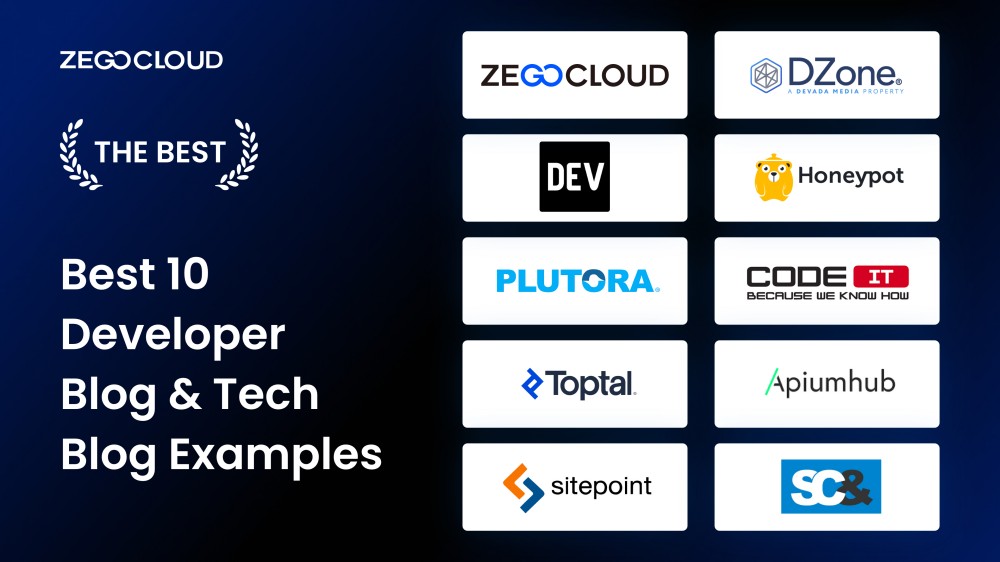The Best tech blog: Your Crucial Guide to Navigating the Digital World
The Best tech blog: Your Crucial Guide to Navigating the Digital World
Blog Article
Comprehending the Rise of Side Computing in Today's Digital World
In the quickly evolving landscape of technology, side computing arises as a critical force, reshaping how information is refined and used. By transitioning data management closer to the resource, edge computer addresses critical latency concerns while maximizing bandwidth usage and improving safety and security actions.
What Is Side Computing
Side computer, although a reasonably recent advancement in the world of innovation, basically changes how information is processed and managed by bringing computation and information storage space closer to the place where it is needed. Unlike typical cloud computing designs, which commonly rely upon central data facilities that can be geographically remote, side computer decentralizes data handling. This distance decreases latency, improves real-time data handling, and improves the overall user experience by guaranteeing much faster response times.
At its core, side computing entails a network of local tools and facilities, such as routers, sensing units, and gateways, with the ability of processing data at or near the resource. This local handling capacity is especially crucial for applications requiring immediate information analysis, such as self-governing vehicles, industrial automation, and wise cities. Furthermore, by offloading information handling tasks from central servers, side computing decreases bandwidth needs and enhances data privacy and security, as sensitive information can stay on-site instead of going across extensive networks.

Key Drivers of Adoption
A number of aspects are thrusting the fostering of edge computing in today's digital landscape. Among the main drivers is the exponential rise in connected tools, frequently described as the Internet of Things (IoT) This surge develops vast quantities of data that require to be processed swiftly and effectively. Edge computing addresses this demand by enabling information processing closer to the data source, reducing latency and improving real-time decision-making capabilities.
An additional substantial motorist is the need for improved transmission capacity performance. Centralized cloud systems can end up being overloaded with the large volume of data produced by IoT devices, causing traffic jams (Best tech blog). By refining information at the edge, organizations can minimize network blockage and improve general system efficiency
Additionally, security and personal privacy worries are pushing organizations towards edge computing. By processing sensitive information in your area, firms can reduce risks related to information transmission and exposure to prospective cyber hazards.
The increase of applications requiring real-time handling, such as independent automobiles and enhanced fact, likewise demands the rapid response times that border calculating gives. Jointly, these motorists are making side computing a crucial part of modern-day IT facilities, leading the way for its prevalent fostering throughout different sectors.
Advantages Over Cloud Computer
Exactly how does edge computer identify itself from conventional cloud computing? Primarily, side computer brings data processing closer to the source of data generation, frequently on regional tools or nearby servers, rather than counting on central information.
Furthermore, edge computer improves data transfer efficiency (Best tech blog). By refining data locally, only the essential data is transferred to the cloud for further analysis or storage, lowering the quantity of data that goes across the network. This not just relieves network blockage but likewise lowers information transmission expenses
Edge computing likewise uses improved information personal privacy and safety. Sensitive data can be refined in your area without being sent to the cloud, reducing the direct exposure to prospective cyber hazards. This is especially useful for sectors dealing with private info, such as medical care and financial services.
Moreover, side computing makes certain higher durability and reliability. Regional processing enables continued operation even when connection look at these guys to the cloud is endangered, maintaining crucial functions and solutions despite possible network disturbances. These advantages collectively demonstrate edge computer's transformative capacity in optimizing efficiency and protection in digital ecosystems.
Challenges and Considerations
While side computing uses many advantages, it additionally offers special challenges and considerations that should be dealt with to fully recognize its potential. Furthermore, managing and keeping track of a decentralized network of side tools can be intricate, calling for advanced tools and methods to make certain seamless procedure and maintenance. Best tech blog.
Another factor to consider is the scalability of side computing solutions. As the number of linked tools expands, so does the need for processing power at the side, which can result in resource constraints. Organizations has to carefully prepare their framework to accommodate this growth without compromising performance or effectiveness.
Interoperability is one more vital aspect. With different equipment and software elements included, making sure compatibility and smooth integration can be tough. Standardization efforts are important to assist in communication in between inconsonant find out systems.
Future Fads in Side Computer
Anticipating the future, side computing is poised to change various sectors by enabling faster data handling and minimizing latency. As the quantity of information generated by IoT gadgets proceeds to expand, side computer will certainly become increasingly vital in managing this influx effectively.
Another emerging pattern is the advancement of edge-native applications developed specifically to take advantage of the distinct capabilities of side computer. These applications will certainly maximize performance and resource application, resulting in raised efficiency throughout numerous sectors. Advancements see here in 5G modern technology will certainly further bolster side computer by providing the required facilities for high-speed, low-latency communication between tools and edge nodes.
Final Thought
Edge computer's increase is driven by the proliferation of IoT tools and the requirement for real-time information processing, which improves efficiency by decreasing latency and decentralizing data administration. This method minimizes transmission capacity inefficiencies and safety and security problems, promoting advancements in applications like self-governing lorries and wise cities. Despite difficulties such as infrastructure intricacy and assimilation, the future of edge computer promises a more receptive electronic environment, with proceeded technologies shaping its development and broadening its applicability throughout markets.
Edge computer, although a fairly recent improvement in the world of modern technology, fundamentally changes how information is refined and managed by bringing computation and information storage closer to the location where it is needed. Unlike conventional cloud computing designs, which often count on centralized data facilities that can be geographically far-off, side computing decentralizes data handling. Additionally, by offloading information handling tasks from central servers, side computing minimizes transmission capacity demands and enhances data privacy and protection, as sensitive information can continue to be on-site instead than passing through substantial networks.

Report this page